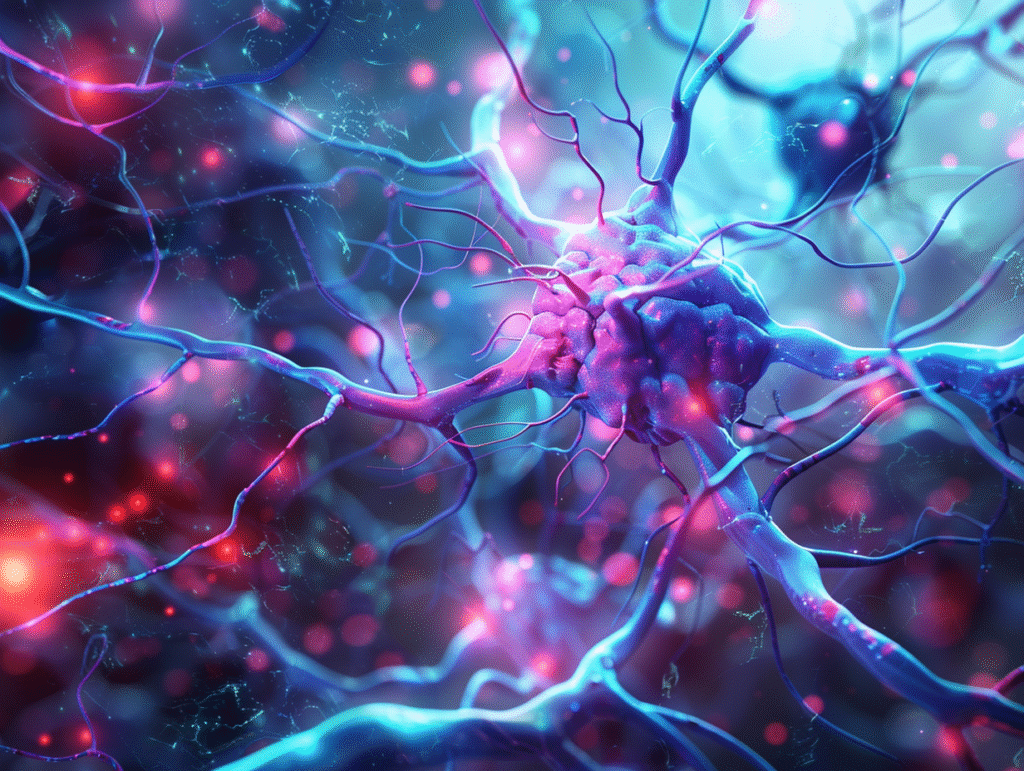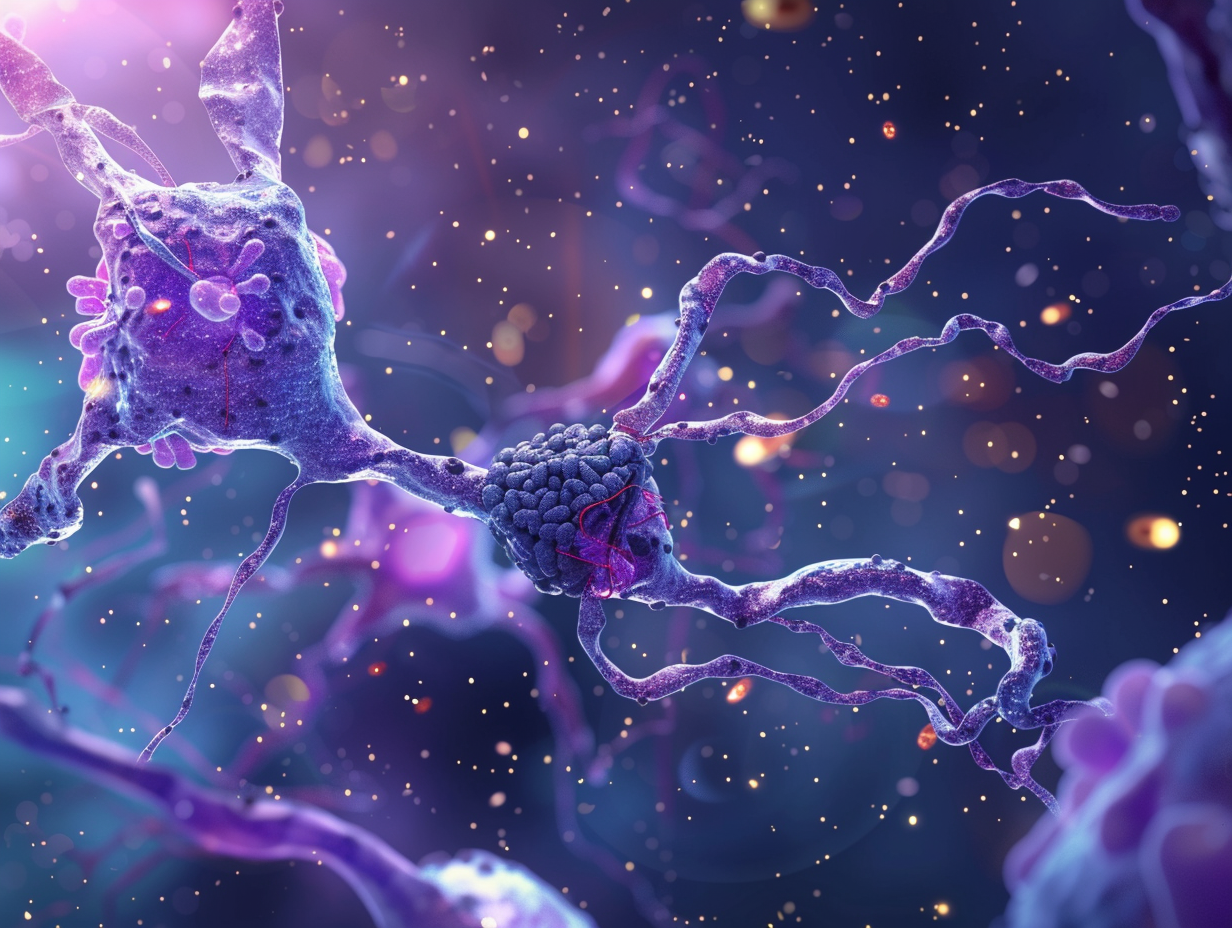Parkinson disease (PD) is a neurodegenerative condition, which is one of the most prevalent conditions with over 10 million individuals being affected across the globe. It is defined by tremors, stiffness, slow movement and the ultimate cognitive impairment. The cause of the disease is the death of neurons that produce dopamine in the section of the brain known as the substantia nigra pars compacta (SNc).
Scientists have struggled to provide an answer to a pertinent question in decades, what causes these neurons to die in the first place? In a recent study published in eLife, there is strong evidence that it is actually overactivity that can cause them to degenerate.
The Hypothesis: Excessive Pursuit Kills.
Dopamine (DA) neurons are necessary in movement and motivation. They are also very vulnerable. The energy requirements of these cells are great, and they are continuously electrically active, and they process large quantities of calcium conditions which predispose them especially to fragility.
It was postulated in the earlier research that the remaining dopamine neurons in PD get overactive and over work in order to balance the missing ones. But, it was not clear whether this hyperactivity helps them to commit suicide or not.

The Study: A New Mouse Model
A chemogenetic mouse model was created by the researchers of UCSF and other workers of different countries to stimulate dopamine neurons chronically. They selectively stimulated dopamine neurons in weeks at a time using special engineered receptors (called DREADDs) which were triggered by a harmless drug.
This enabled them to experiment what occurs with dopamine neurons being constantly overactive imitating the alterations, which are presumed in early PD.
Key Findings
Behavioral Changes
The movement patterns of mice with chronically stimulated dopamine neurons were disturbed. They were also more active in the day time but less active at night unlike the circadian rhythm disturbances that were also observed in the patients of the Parkinson.
Axon Loss Comes First
Only two weeks of continuous stimulation resulted in the mice losing approximately 40 percent of dopamine axons in the striatum (part of the brain to which dopamine transmissions are sent). Of significance, the cell bodies of the neurons remained intact during this stage indicating that axon degeneration is a process of loss that precedes complete cell death just as it is in human PD.
Calcium Overload
Long term activation caused long lasting elevations in intracellular calcium in the dopamine neurons. Calcium excess is toxic in that it overworks the mitochondria causing cell damage. This is an indication that calcium dysregulation is major connection between overactivity and neurodegeneration.
SNc Neurons are more susceptible.
Dopamine neurons were not equally affected. The neurons of the substantia nigra (SNc) which became the most affected in PD were more susceptible to hyperactivity in comparison to the surrounding ventral tegmental area (VTA). This observation is similar to the selective vulnerability in patients.
Gene Expression Shifts
The researchers discovered the alterations in the genes connected with the regulation of calcium, the metabolism of dopamine, and the functioning of the synapses using spatial transcriptomics. It was exceptionally remarkable that most of these changes were similar to those observed in the early stage human Parkinson in the disease, which enhanced the applicability of the model.
Why This Matters
This paper gives one of the best pieces of evidence so far that elevated neural activity is not merely a symptom of Parkinsonism, but can play a role in the pathogenesis of the disease.
It involves the notion that the preservation of vulnerable neurons might be ensured by interventions directed at the minimization of overactivity or calcium overload.
It presents a new type of mouse that recreates the progressive degeneration observed in humans helpful in the process of testing treatment.
It identifies the possible biomarkers including early axon injury and calcium related genes alteration that can be used to diagnose PD earlier.
Implications for Treatment
The existing PD interventions, levodopa and deep brain stimulation (DBS) are primarily aimed at substituting the dopamine or alleviating the symptoms. However, they fail to prevent neuron death.
This study proposes new plans, such as:
Calcium channel blockade: In spite of the fact that the calcium blocker isradipine did not salvage the neurons in this study, other calcium overload interventions could be promising.
Tuning brain activity: Modulative rather than stimulatory dopamine neuron activity may be found beneficial in lowering the stress on susceptible cells.
Protective lifestyle factors: Interestingly, nicotine and some brain stimulation methods can prevent dopamine neurons by lowering their hyperactivity.
Conclusion
The results change the perspective about the Parkinson disease. Rather than be passive victims, dopamine neurons can be overworked and are burning out. Constant hyperactivity strains their calcium processing mechanisms, causing death of axons and finally cells.
This discovery by the scientists has provided new channels of therapy which can slow or inhibit progression, not merely cover up symptoms. Although further studies still need to be done, this breakthrough is a hope to millions of people with Parkinson disease today.
Reference
Rademacher K, Doric Z, Haddad D, et al. Chronic hyperactivation of midbrain dopamine neurons causes preferential dopamine neuron degeneration. eLife. 2025;13:RP98775. doi:10.7554/eLife.98775

